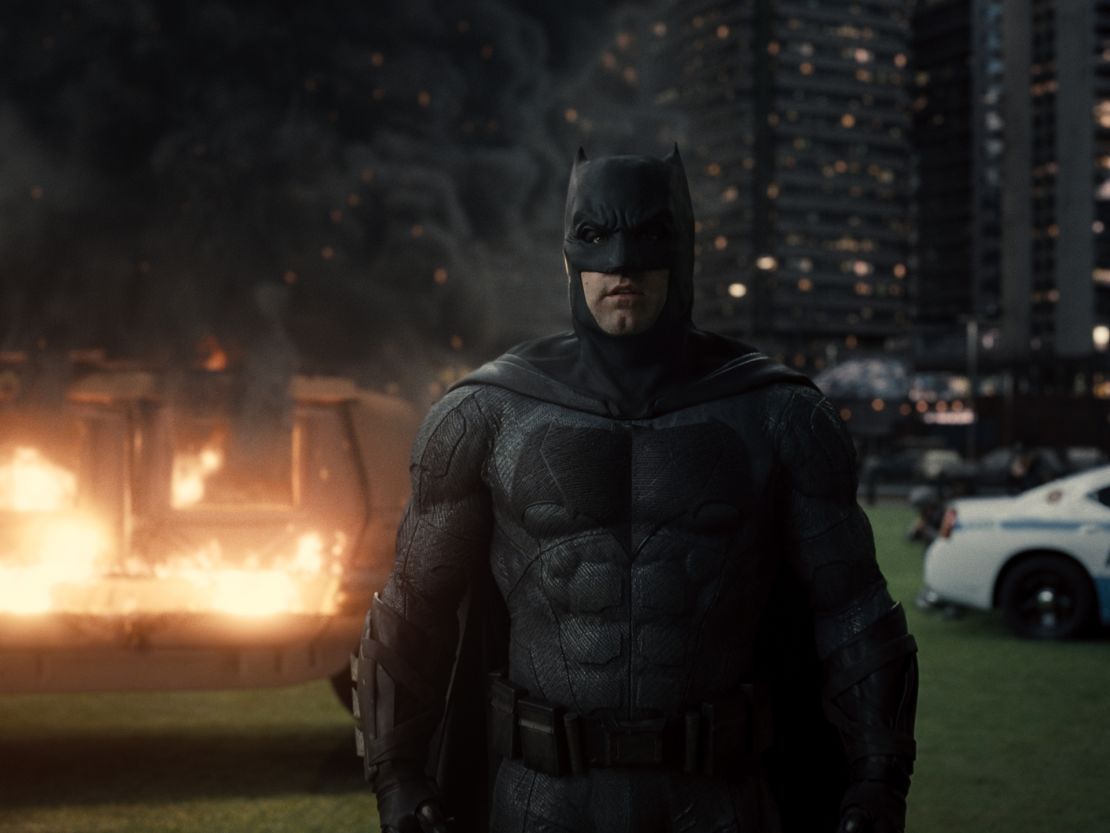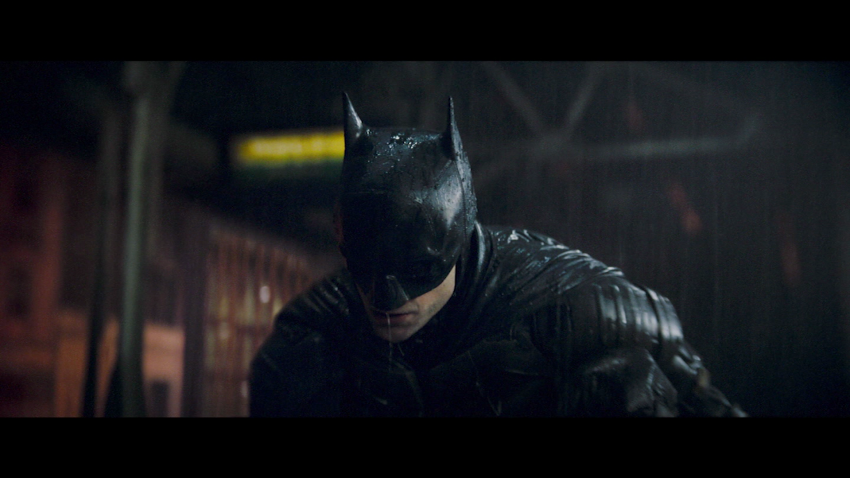In Batman lore, the police summon the hero by projecting a magnified Bat-signal across the night sky. That’s a fitting metaphor for the character’s much-debated history in movies, which has cast an unusually large shadow thanks to fans convinced, in their minds, precisely how the Dark Knight should be depicted.
Created in 1939, Batman isn’t the first superhero or even necessarily the best. But different approaches to adapting him for the screen have provoked inordinate passion among fans, including knee-jerk reactions that border on the hysterical. That included the howls that greeted casting Michael Keaton in the 1980s (admittedly an unorthodox choice) and perhaps especially Ben Affleck in 2013.
In a December interview with Howard Stern, Affleck admitted feeling “hurt” by an online petition that circulated opposing him starring in “Batman v. Superman: Dawn of Justice.” For his part, Stern pointed out that Batman aficionados have a track record of complaining “no matter who gets that role.”
Through the years, fans seeking fidelity to the comics have had reason to be wary and suspicious of Hollywood.
The key window for Batman in comics came in the 1970s, which marked shift from the lightness and camp that characterized the 1960s “Batman” TV show – with its “Wap! Bam! Pow!” graphics – to a darker vision of the caped vigilante.
“The Batman,” starring Robert Pattinson, represents the latest screen incarnation of the character, and in many ways feels designed to tap into the desires of that ardent fan base. Brooding and serious, the film caters to those weaned on Batman as a creature of the night, an image honed by comic-book artists Marshall Rogers and Neal Adams in the ’70s, and Frank Miller in the landmark graphic novel “The Dark Knight Returns.”
Director/co-writer Matt Reeves has cited another comic written by Miller, “Batman: Year One,” which captures an early stage in his crimefighting career, among his inspirations.

Those comics evolved Batman’s profile toward a more adult tone that informed director Tim Burton’s 1989 movie. Yet even with its success, sequels directed by the late Joel Schumacher – starring Val Kilmer, and then George Clooney – revived the kind of broader camp that many comics fans saw as the bad old days.
Christopher Nolan rectified that with his trilogy of “Batman Begins,” “The Dark Knight” and “The Dark Knight Rises,” which featured Heath Ledger’s Oscar-winning take on the Joker – the kind of prestige that usually eludes superhero fare.
But reinvention has always been a part of Batman’s screen incarnations. Toby Emmerich, chairman of the Warner Bros. Picture Group (like CNN, part of WarnerMedia), recently told the New York Times that Reeves’ challenge was to “create a Batman that is compelling and dynamic and thrilling, but different than anything we’ve seen before.”
While the movie is assured of a big opening weekend, how well it lasts will be determined not just by how committed fans respond, but whether those less invested join them in marching back to theaters.
When Affleck was selected, CNN’s Jake Tapper jokingly introduced a segment on the overheated response as “the debate tearing this country apart: Batfleck.” The next year, Affleck conceded to Entertainment Weekly that Warner Bros. warned him about possible blowback, quoting studio brass as saying, “Are you sure you want to get into this? This is part and parcel of these movies now. There’s a lot of active fans with a lot of opinions.”
Social media has fueled that dynamic, creating echo chambers where those holding “a lot of opinions” can commiserate with like-minded souls, or conversely, argue with dissenters.
The loudest voices, of course, aren’t always the most representative, especially with something like Batman. But they do reflect why that Bat-signal occupies such a distinctive place in pop culture: Because so many people think they know what’s right for the character, believing that he – no matter who wears the costume – belongs to them.




